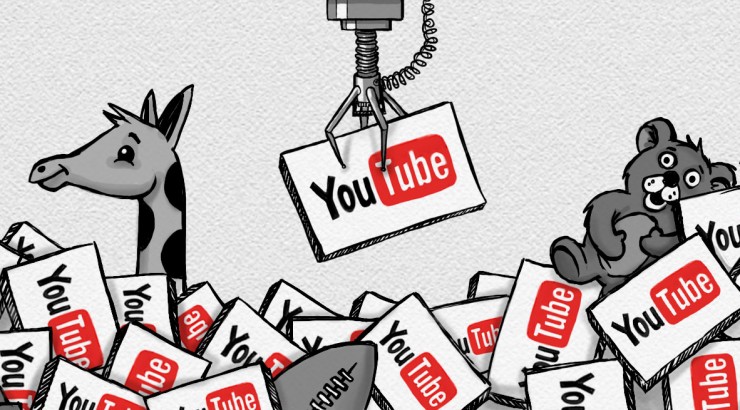Title, Tag, Describe: Do It Right on YouTube to Get Noticed
March 17, 2014
Almost every college and university has a YouTube channel (some have multiple channels), but are these channels really getting views? Are their videos connecting with their audience, and if not, why not?
It’s possible to post an amazing video on YouTube and then see it linger, lonely and forlorn, with just a handful of views.
How can savvy YouTube channel managers push up their view count? One strategy is through effective titling, tagging and describing of every video, making it easier for users searching for the content to find it.
Here’s some tips we’re learning via trial and error, and “best practices” we’ve observed in other successful YouTube channels:
Tip #1
Put action words and the name of the institution in the title.
Study Economic Science at Chapman University is more active than Economic Science Information Video. Travel to London with Chapman University is preferable to Chapman London Travel Course. Dream Big: Welcome to the University of Illinois at Urbana-Champaign is a fun video with a title that’s a play on words. It features “future Illini” acting as students.
One of our campaigns is a series of videos titled Chapman Stories featuring alumni in prominent positions. We like to call out the name of the place they’re working right in the title, such as CNN.
Remember that only the first few words of the title will appear in search results, so keep the title active but brief. Try to use a title that captures the theme and, if you can, a “call to action” in the video.
Tip #2
Start the description with a link.
This is a best practice we learned from a professional YouTube optimizer: Begin every description with a web link. If the video pertains to a specific program or department, link back to that department or program. If not, begin with the URL for the university or college. This improves search results: people searching for websites are pointed toward the institution’s videos and people looking at videos are drawn back to the institution’s homepage.
Tip #3
Write a short summary of the video in the description.
Maximize the description by including a short summary of the content in the video; what will the viewer see and hear if s/he watches it? Include the full name of the institution and any affiliated departments or programs mentioned in the video. Spell out the names of all speakers featured in the video. Err on the side of giving “more” information than needed and not “less.” A hefty description helps improve search results.
The description of Ohio State Marching Band’s Hollywood Blockbuster Routine includes the short amount of time it took for the band to learn this elaborate drill and music.
Tip #4
Add at least 10 tags to every video.
There may be a handful of standard tags to be added to every video: the name of the institution, the city and state where it’s located, possibly the type of university it is. We tag every video with “Chapman University,” “Orange CA,” “private university” and “Southern California university.” We’ll also include any appropriate department/program name in the tags, and the names of featured speakers. That will nearly take us to 10 tags. But tags are a chance for us to connect with our audience. What are they looking for that would be satisfied by finding this video? Try to imagine what the audience member will type into a search bar when s/he wants to find this video.
YouTube has close to one billion users every month. Effective titles, tags and descriptions can help connect more of those users to your channel. Happy YouTubing!
